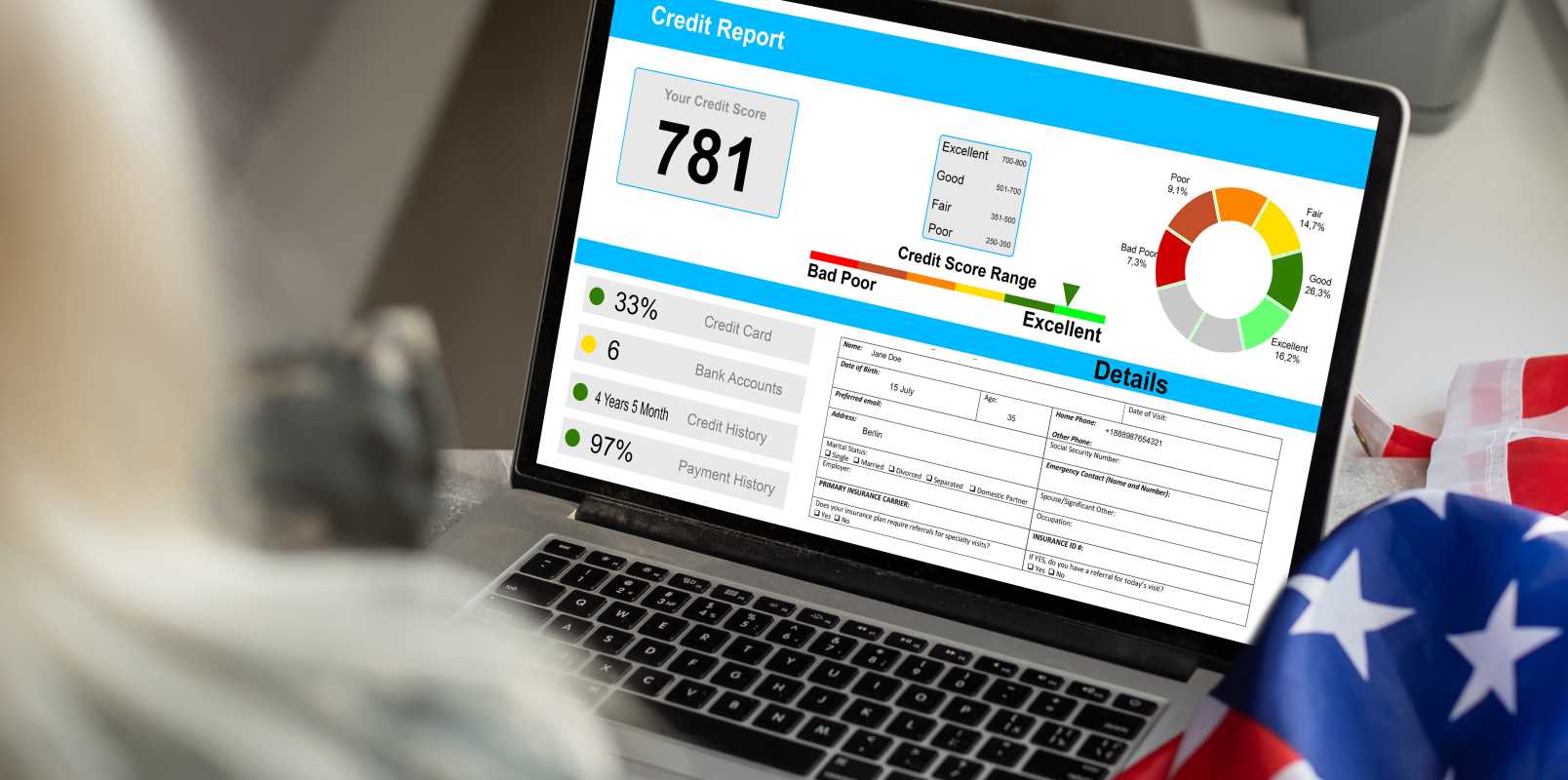Cashback credit cards are one of the simplest and most rewarding tools for saving money on your everyday expenses. You can turn regular spending into bonus savings by earning a percentage of your purchases back as cash rewards. However, to truly maximize the benefits, you need the right approach. Here’s a guide on how to use cashback credit cards to make your everyday purchases work harder for you.
1. Understand the Benefits of Cashback Credit Cards
Before getting started, it’s important to know why cashback cards are worth considering. Here’s what they offer:
- Earn Money Back: A portion of what you spend is returned to you, often as a statement credit, a check, or direct deposit.
- Ease of Use: Unlike travel rewards or points programs, cashback is straightforward—there’s no need to worry about redemption complexities.
- Versatility: You can use cashback savings to cover other expenses, boost your savings, or even pay down debt.
- Bonus Opportunities: Many cards come with sign-up bonuses or limited-time offers where you can earn extra cashback on specific categories or spending thresholds.
2. Choose the Right Cashback Card for Your Spending Habits
Not all cashback cards are created equal. Before you apply, evaluate your spending patterns to find a card that best matches your needs.
- Flat-Rate Cards: If your purchases are spread across various categories, a card offering a consistent reward rate (e.g., 1.5% or 2%) on all spending may be ideal.
- Category-Specific Cards: If you spend heavily in specific areas like groceries, dining, gas, or online shopping, look for cards with higher cashback rates in those categories (e.g., 3% to 5%).
- Rotating Category Cards: Some cards offer 5% cashback on quarterly rotating categories (such as grocery stores in Q1 and restaurants in Q2). These are best for those who can plan ahead and take advantage of the changing rewards.
3. Leverage Sign-Up Bonuses
Many cashback cards come with enticing sign-up bonuses, such as earning $200 after spending a certain amount, often $500 to $1,000, in the first three months. These bonuses are easy to achieve with everyday purchases like groceries, utility bills, and transportation. Just ensure that this spending doesn’t lead to unnecessary purchases or debt.
4. Maximize Your Spending in High-Reward Categories
Once you’ve chosen the right card, use it strategically to earn the most cashback possible:
- Identify Reward Categories: Focus on purchases that give you the highest cashback rate. For example, if you get 5% on groceries, make sure to do all your supermarket shopping with that card.
- Strategize with Multiple Cards: If you have multiple cashback cards, use them for their specific strengths—for instance, one card for gas and another for dining.
- Pay Bills Strategically: If your utility companies or subscription services accept credit card payments without additional fees, pay them with your cashback credit card to rack up rewards.
5. Pay Balances in Full
One of the golden rules for using cashback credit cards is to avoid carrying a balance. The interest rates on credit cards can quickly outpace the cashback rewards you earn, wiping out any potential savings. Always pay off your balance in full and on time each month to avoid interest and late fees.
6. Track Spending and Rewards
Keeping an eye on your spending is essential to ensure you’re maximizing rewards without overspending.
- Use Card Apps or Portals: Most credit card issuers offer apps that break down your spending by category and show your cashback earnings.
- Set Alerts: Enable spending alerts or monthly updates to stay within budget and keep track of how much cashback you’ve accumulated.
- Plan for Quarterly Rotations: If you have a card with rotating categories, set reminders to activate bonuses when new categories are introduced each quarter.
7. Take Full Advantage of Added Perks
Cashback credit cards often come with additional benefits that can save you money or enhance your experience. Check if your card offers:
- Purchase Protection: Reimbursement for lost, stolen, or damaged items bought with your card.
- Extended Warranties: Lengthened coverage on purchases, usually adding another year of protection.
- Travel Benefits: Access to trip cancellation insurance, rental car coverage, or no foreign transaction fees.
- These perks can provide extra value beyond the cashback itself, so read the terms carefully.
8. Avoid Spending More to Earn Rewards
It can be tempting to overspend just to earn cashback, especially with enticing bonus categories or sign-up offers. But remember, the true benefit of a cashback card comes from saving money on items you already buy—not spending more than necessary.
9. Redeem Rewards Wisely
Don’t forget to cash in on your cashback rewards. Most cards offer a range of redemption options, such as statement credits, direct bank deposits, gift cards, or even charitable donations. Aim for cashback redemption options that deliver maximum value.
Cashback credit cards can be a fantastic tool for saving money, but they work best when used responsibly. By choosing the right card, targeting high-reward categories, and always paying your balance in full, you can maximize the value of every dollar you spend. The savings may seem small at first, but over time, they can add up to significant rewards. With a little planning, you can make your everyday purchases work for you while enjoying the peace of mind that comes with building smart financial habits.
 (Image via
(Image via





